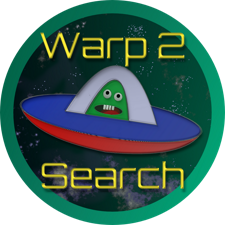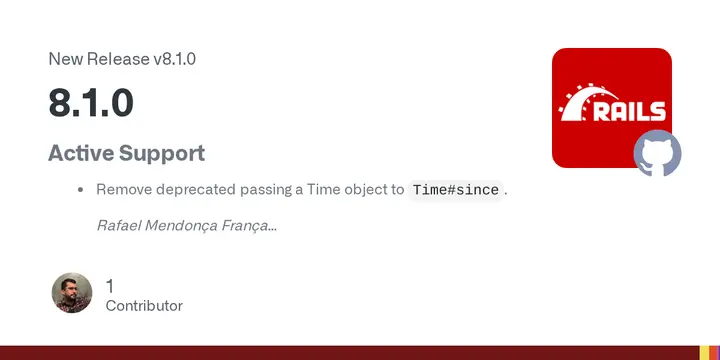This release emphasizes the framework's capacity as a full-stack solution, enabling developers to create intricate web applications that encompass both front-end and back-end functionalities. Rails provides a robust toolkit that facilitates the rendering of HTML templates, real-time database updates, email communications, live pages via WebSockets, asynchronous job handling, cloud storage for uploads, and strong security features to mitigate common web vulnerabilities.
Noteworthy enhancements in testing include a unified Event Reporter, which streamlines the production of structured events and allows the tagging of events, alongside improved state management for `CurrentAttributes` and `ExecutionContext` in testing scenarios. Updates to `ActiveSupport::BacktraceCleaner` introduce capabilities to clear `CurrentAttributes` instances post-request, skip the creation of parallel testing databases, and optimize cache key sizes, among other features.
ActiveRecord has received significant updates aimed at enhancing performance and usability. Key improvements encompass optimized PostgreSQL batching, dramatic reductions in memory allocation and bandwidth usage, support for multiple databases, enhanced SQL query capabilities, and new hooks for managing database configurations.
PostgreSQL has also seen enhancements, including clearer error messaging for exclusion constraint violations, improved handling of sensitive information, checks on transaction isolation levels, and ensuring that nested transactions reflect the parent transaction’s isolation level.
Action View updates enhance readability and usability with structured event support, fixed labels, and new features like `fetchpriority` and `CSP nonce`. Additionally, new helpers for generating human-readable relative time strings have been incorporated.
Action Pack updates have improved functionality, including enhancements to test request submissions, better handling of IP addresses in headers, and URL helper adjustments for engines mounted at the application root.
Overall, Ruby on Rails 8.1.0 is designed to enhance the developer experience and streamline the creation of high-performance, maintainable web applications, reflecting the community's commitment to continuous improvement and innovation within the framework. As the framework continues to evolve, developers can expect ongoing enhancements that align with modern web development practices
Ruby on Rails 8.1.0 released
Ruby on Rails 8.1.0 has been released with numerous updates aimed at improving its functionality, usability, and performance. The release includes changes such as removing deprecated methods, preserving system local time when using the to_time method, and enhancements to testing, Active Support, ActiveRecord, PostgreSQL, Action View, and Action Pack. These updates aim to improve the overall performance and maintainability of Rails applications, making them more efficient and secure. Additionally, several new features have been added, including support for multiple databases, parallel test databases, and improved error handling in PostgreSQL.


